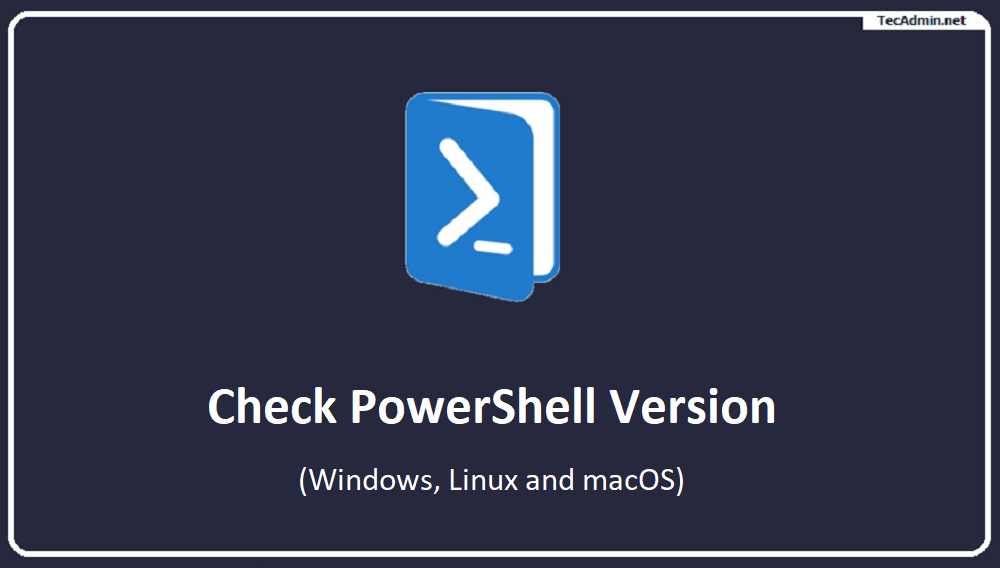Unzipping files is a common task in Linux. However, it can become a bit tricky when you need to unzip files into a specific folder. In this article, we will explore different methods to unzip files into a specific folder in Linux. Method 1: Using the unzip command The unzip command is a built-in utility in Linux that can be used to extract files from zip archives. To unzip a file into a specific folder, you can use the -d flag followed by the path to the target folder. Here’s the command syntax:
1 | unzip <zip_file_name>.zip -d <target_folder> |
For example, if you want to…

